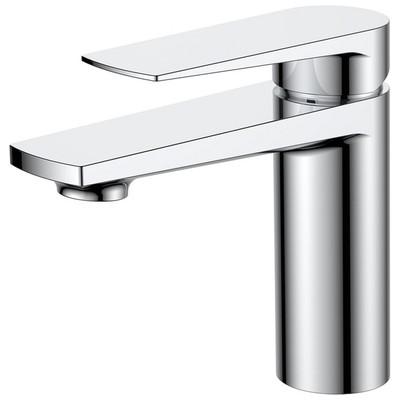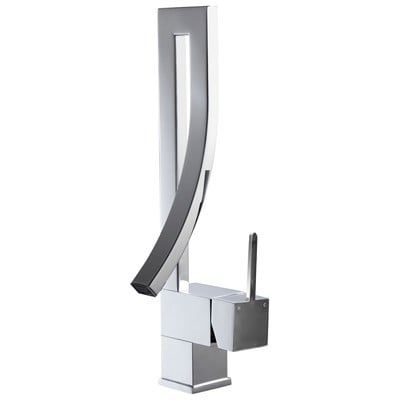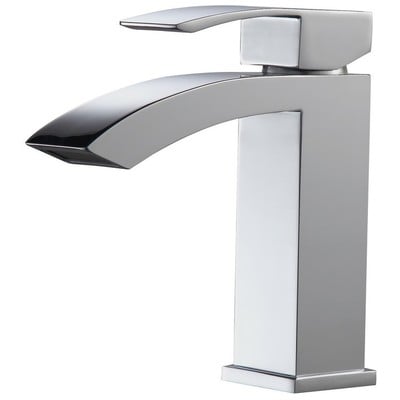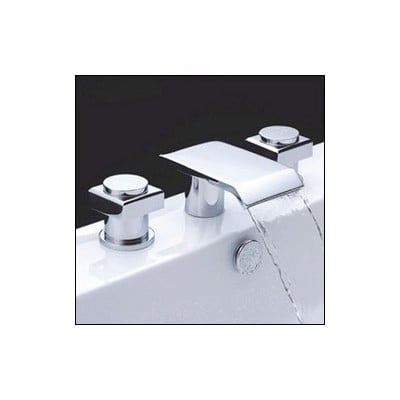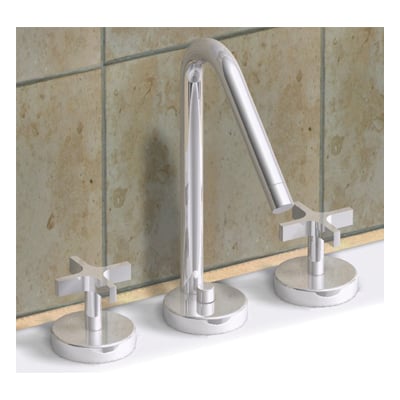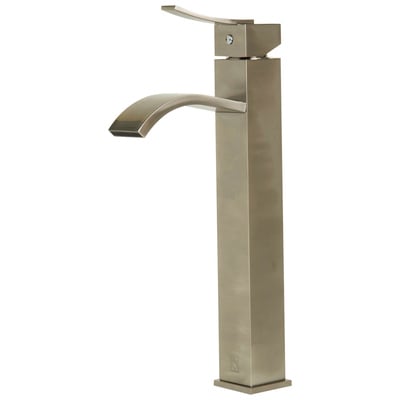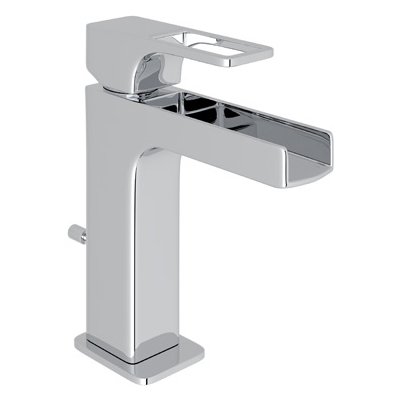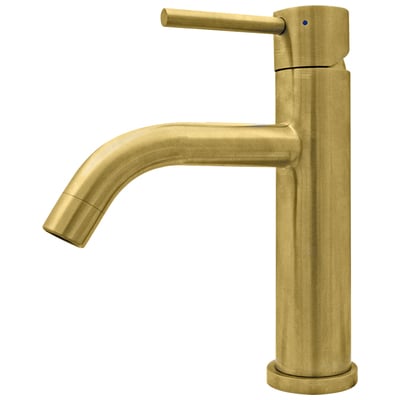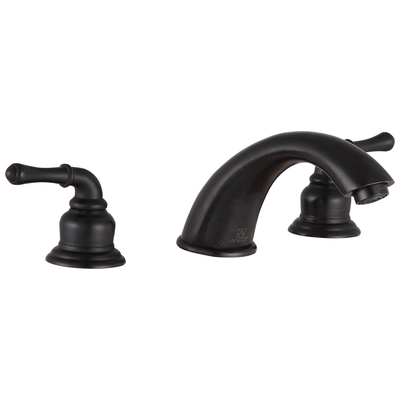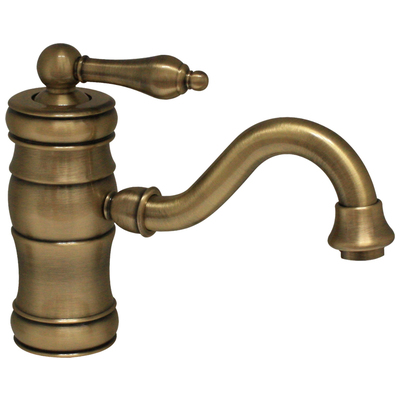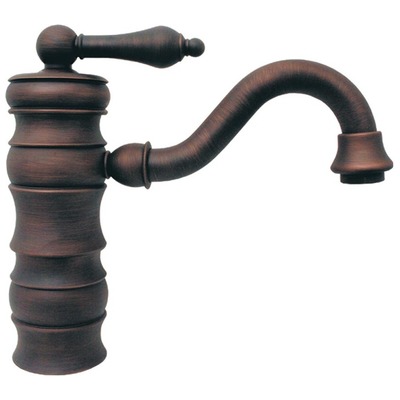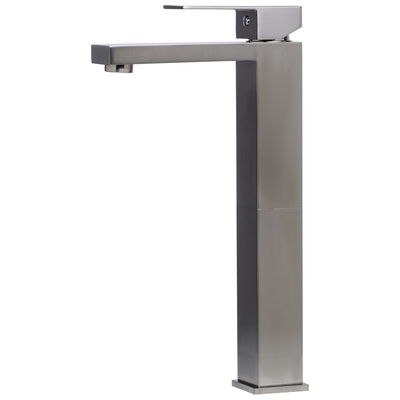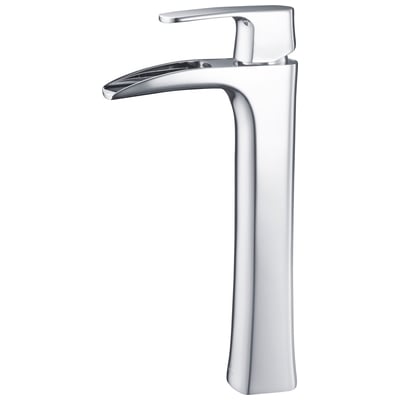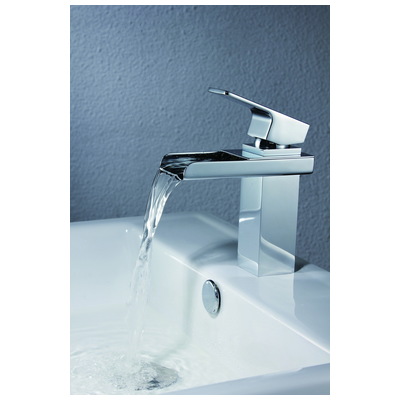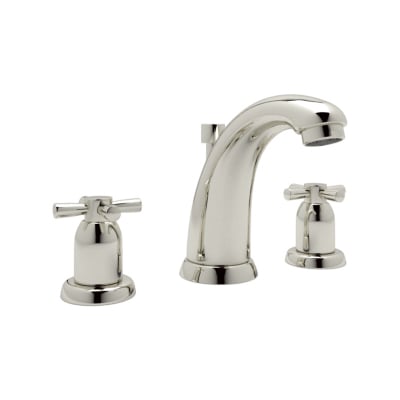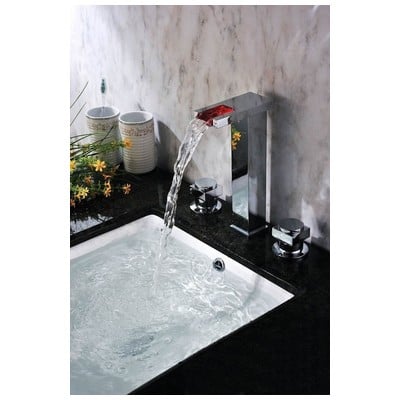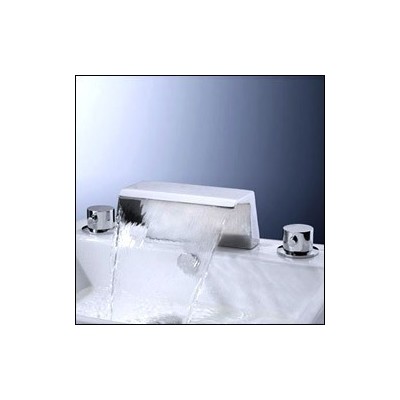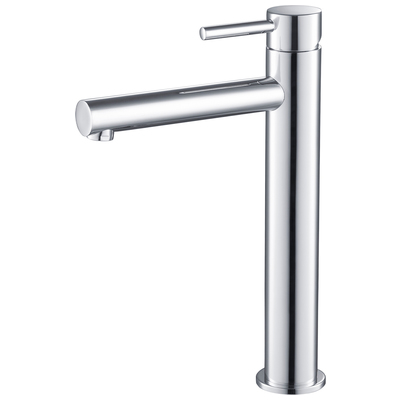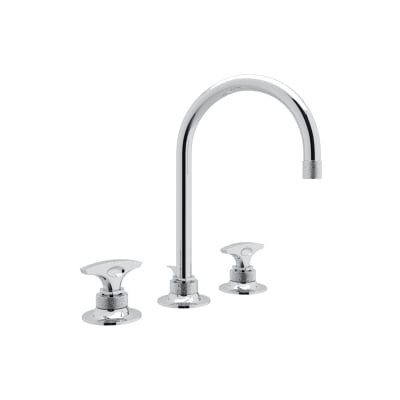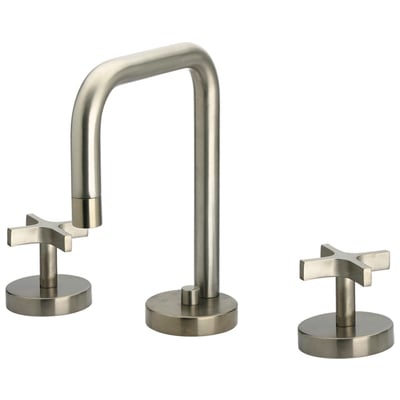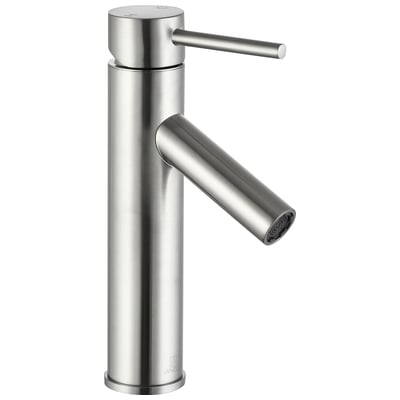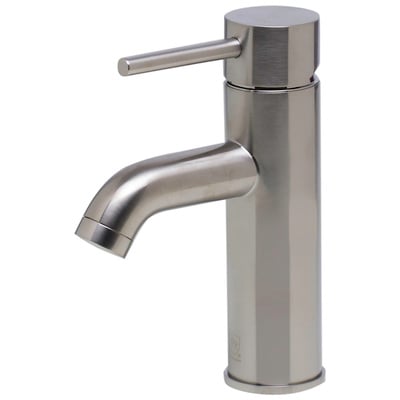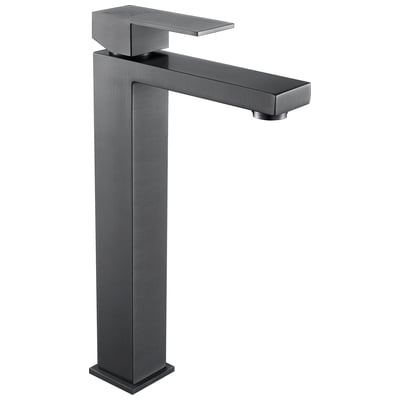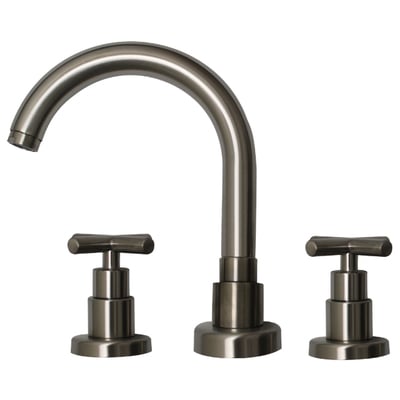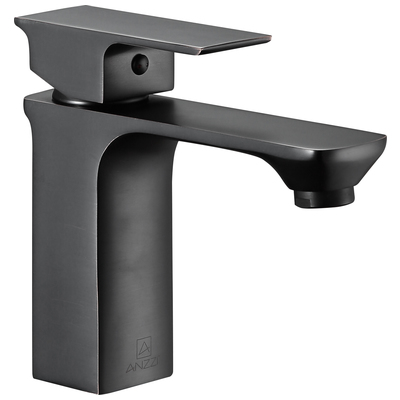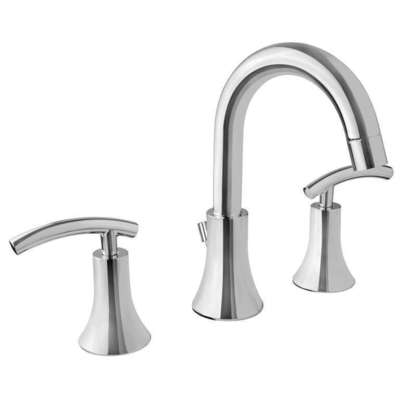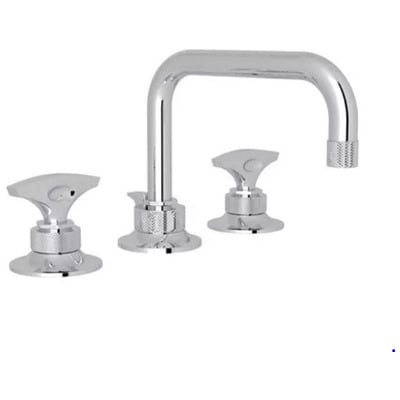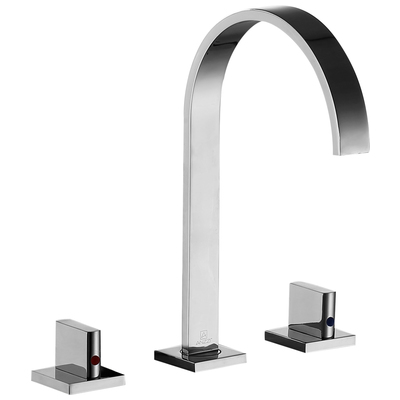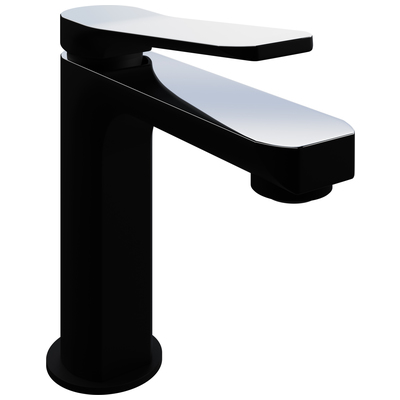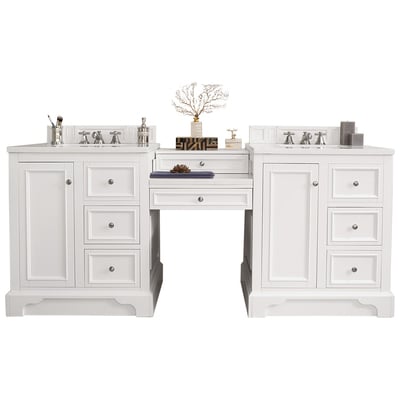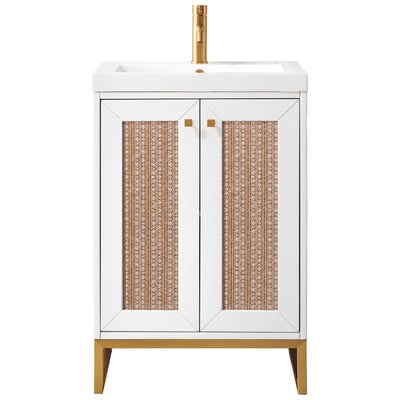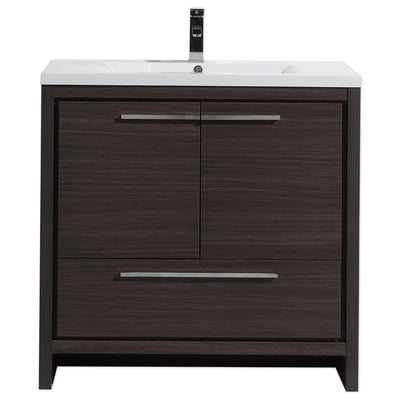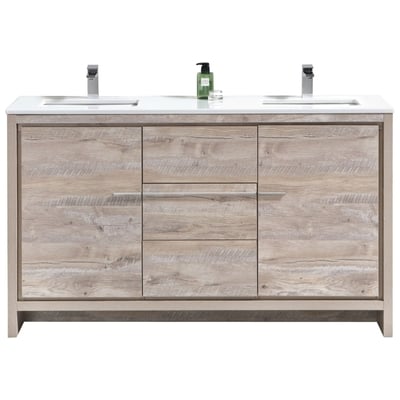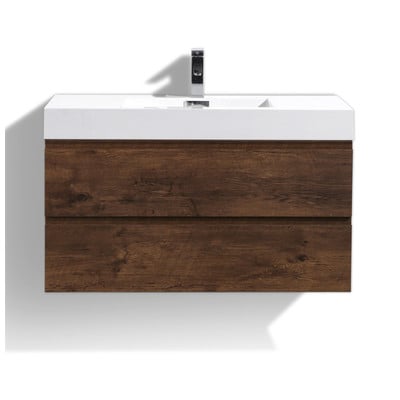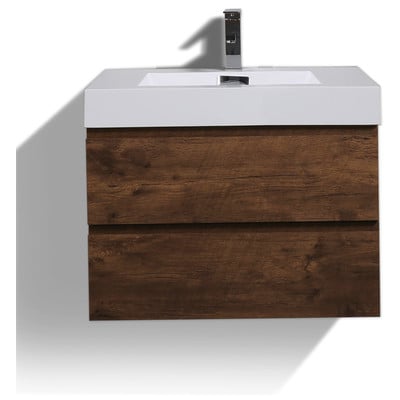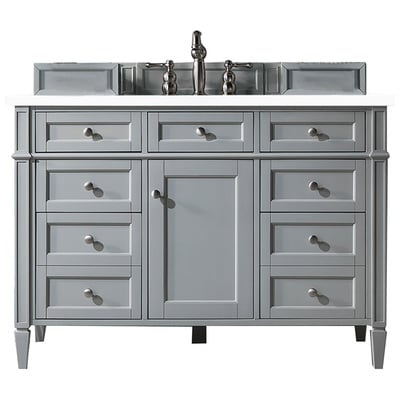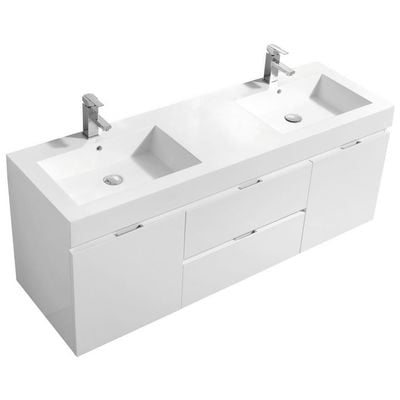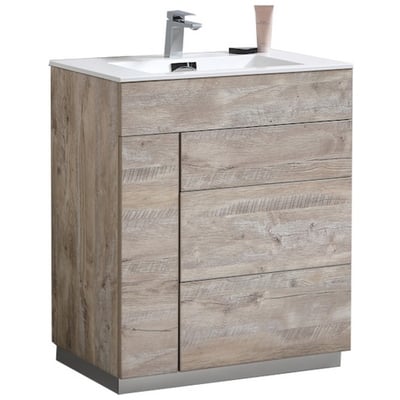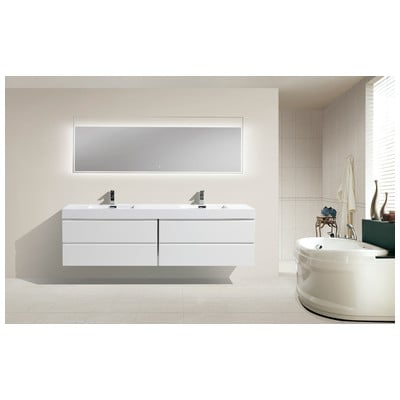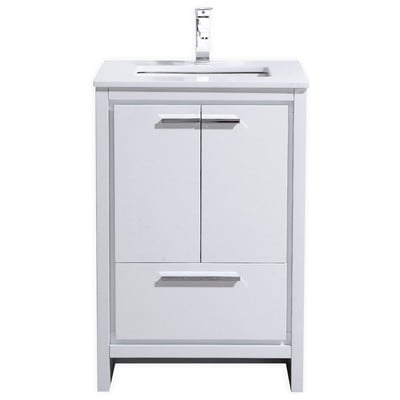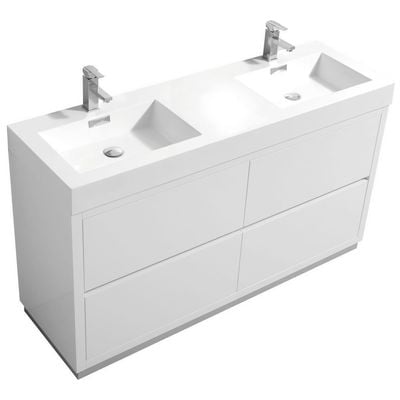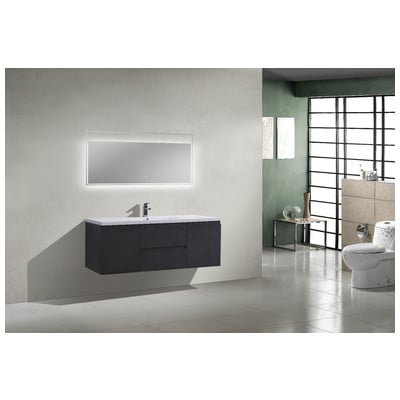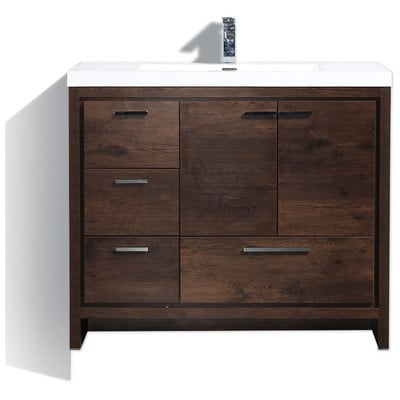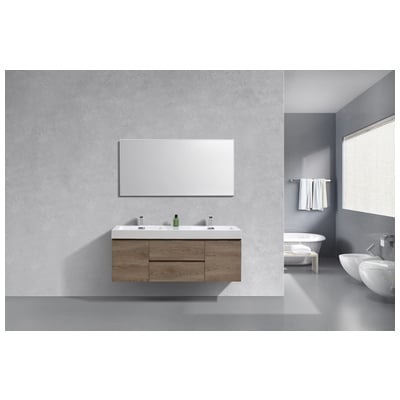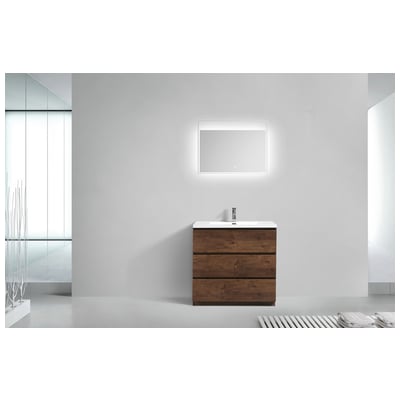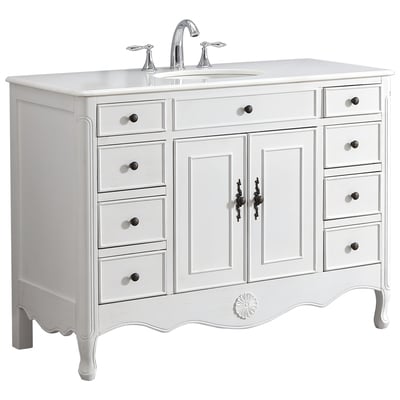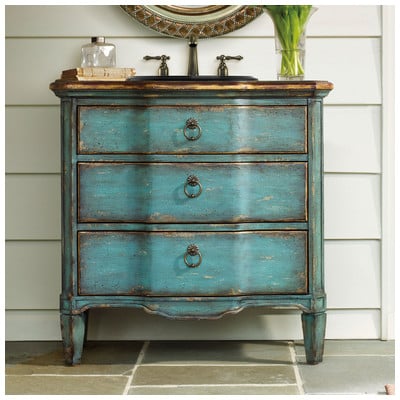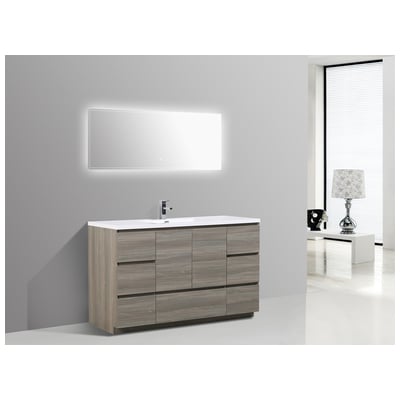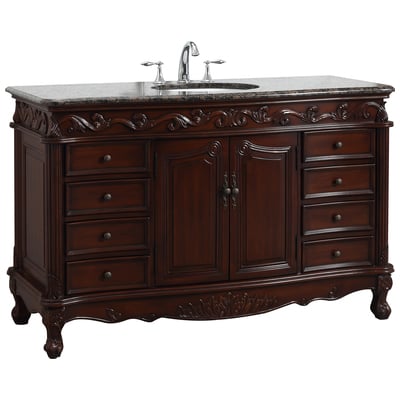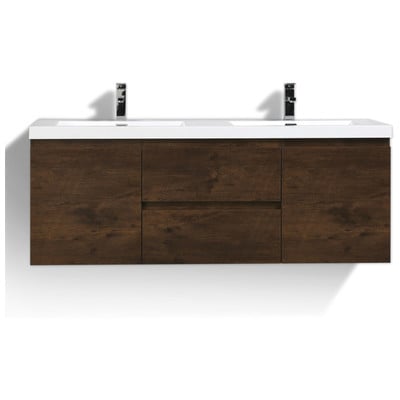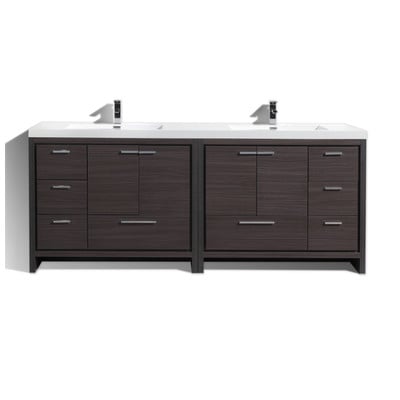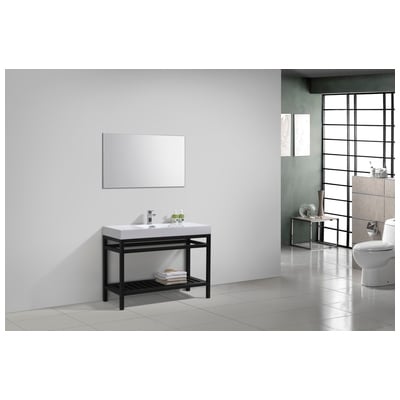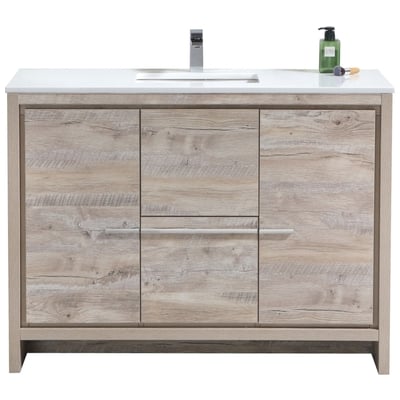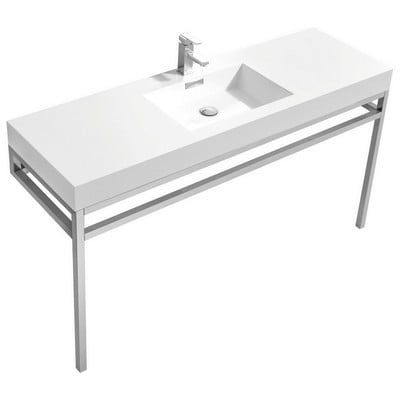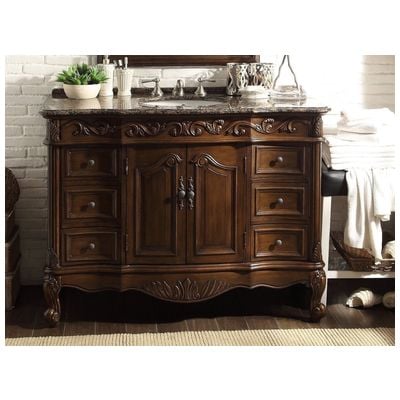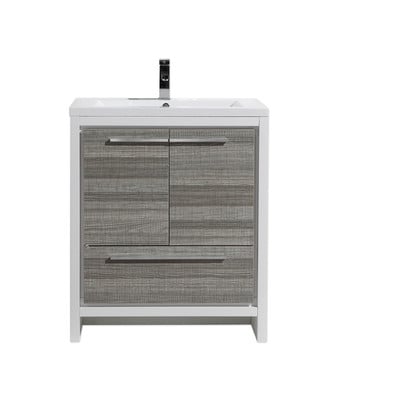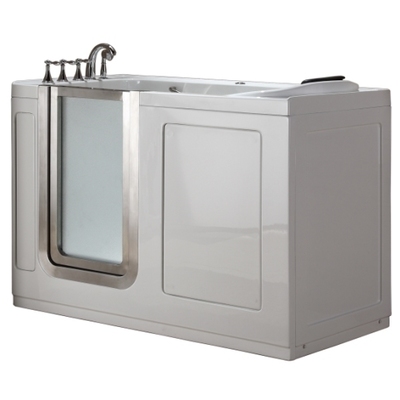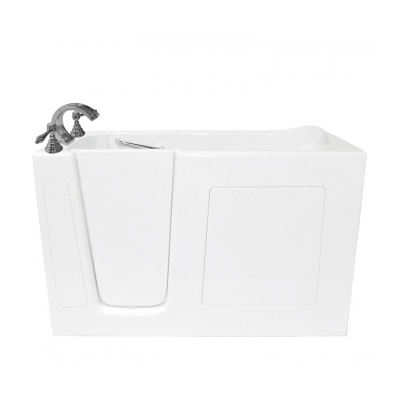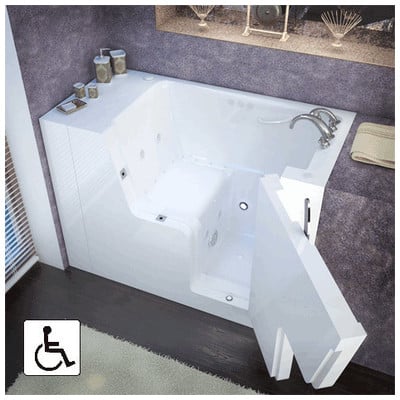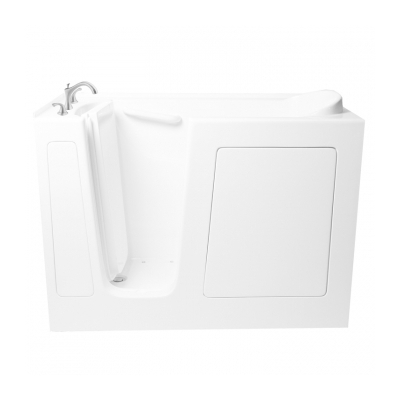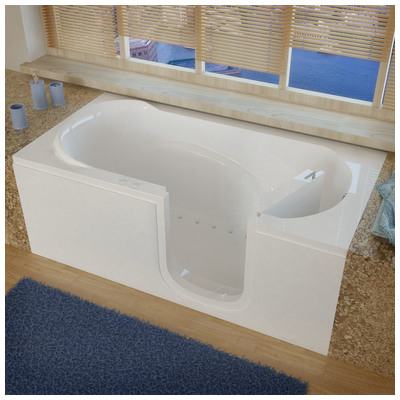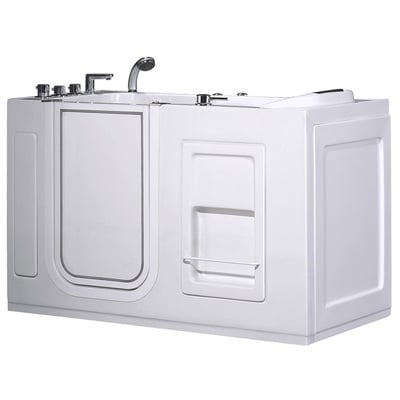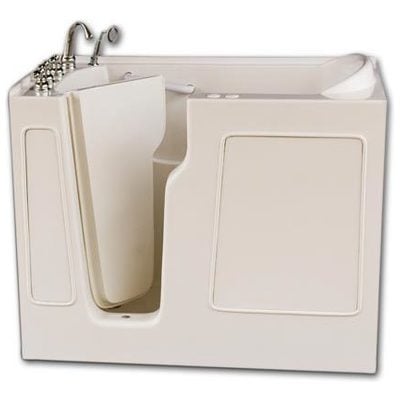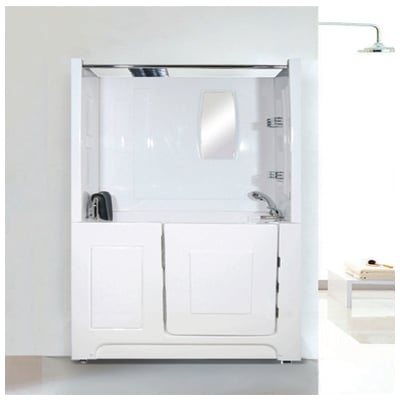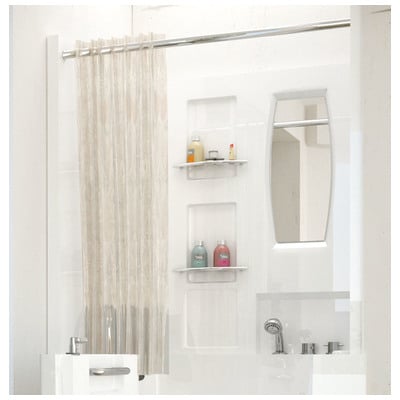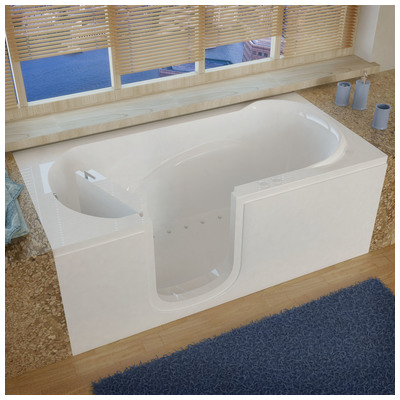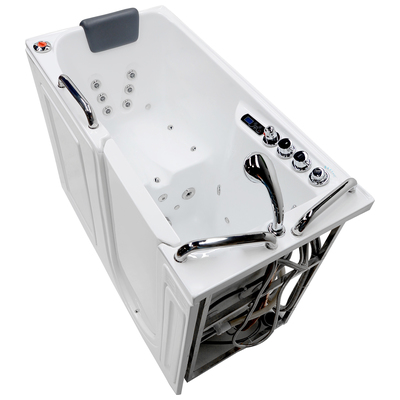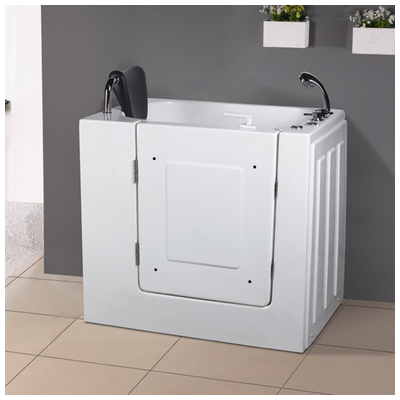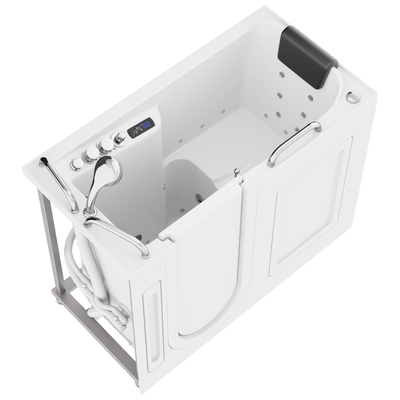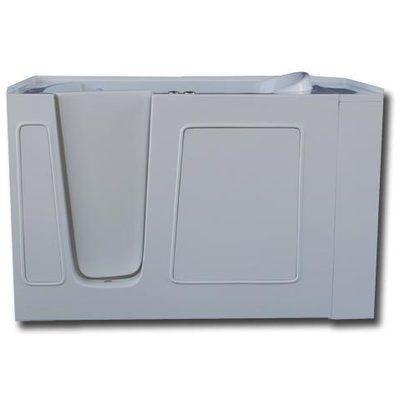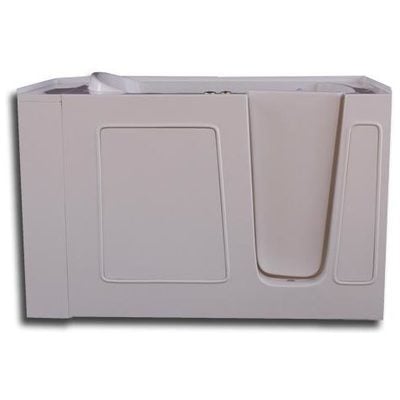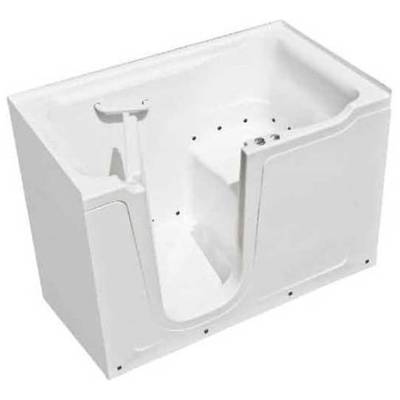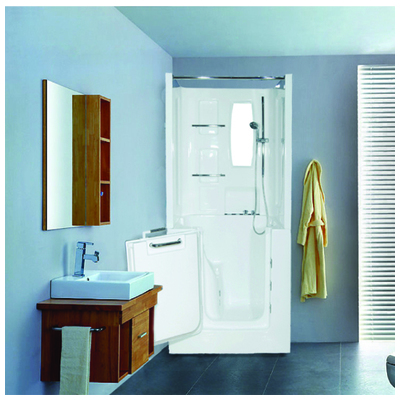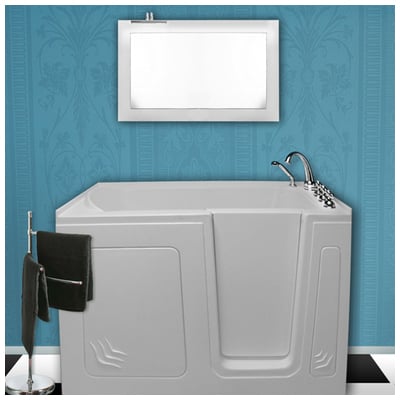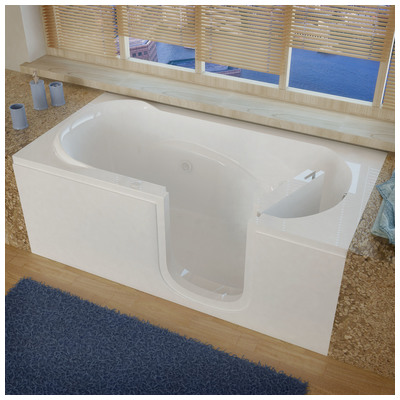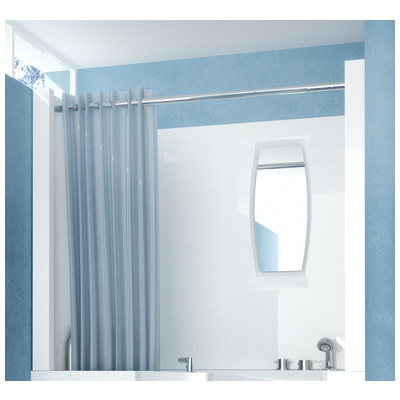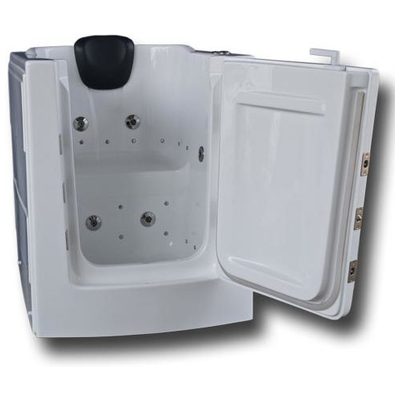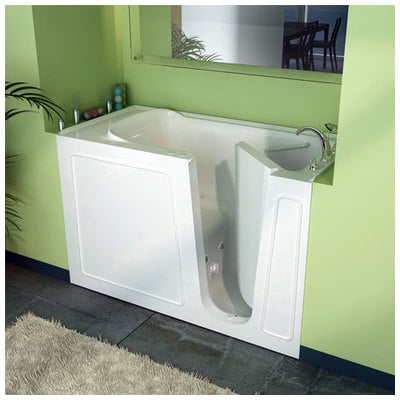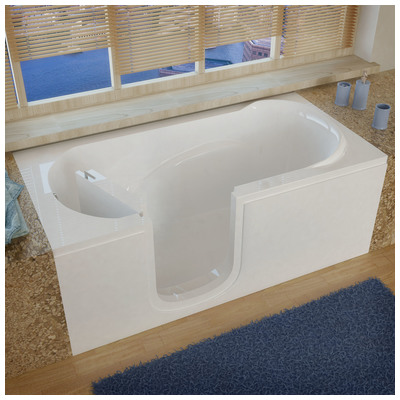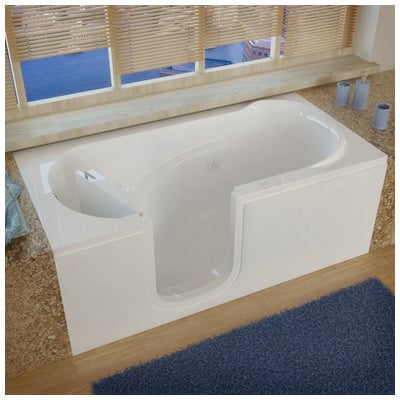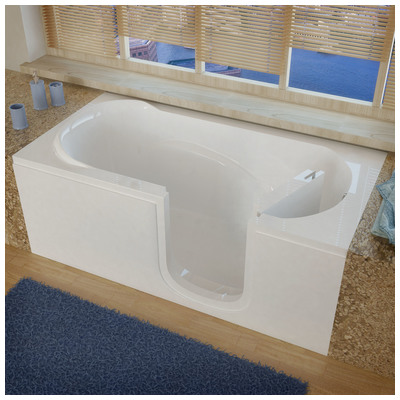It’s an unfortunate fact that with age comes a gradual loss of mobility. These days, people are living longer, and that means it’s more important than ever to think about your quality of life ahead of time. If you want to remain in your home, adding accessibility features before you need them is an important first step in ensuring your continued comfort and independence. Having at least one accessible bathroom is especially crucial if you wish to continue living in your home unassisted. To that end, we’ve comprised a list of some of the most important features, as well as the reasons why you’ll want them.
Faucet

Shop Bathroom Faucets:
One of the most difficult things about building an accessible bathroom is predicting what conventional bathroom features may give you trouble later in life. For example, even standard bathroom faucets can present a problem to those with arthritis, who may not be able to grip the handle well enough to turn the water on and off. Faucets with lever style handles are much more accessible, as they can be turned on and off with less force and no gripping, and motion sensing faucets are even easier to use. This is perhaps one of the easiest accessible bathroom upgrades to make, but one that’s also quite easy to overlook.
Vanity

You might also be surprised to learn that modern wall mounted vanities are actually more accessible than traditional cabinets. First, the storage in a wall mounted vanity is kept at about waist level, meaning you won’t have to bend or stoop to retrieve oft-used items. Also, they can be mounted at different heights to suit different users, to ensure a greater degree of comfort. Because they have no large bottom cabinet, wall mounted vanities can also comfortably accommodate seated users.
Shop bathroom vanities:
Shower

The shower is one of the most important – and coincidentally the most involved – parts of an accessible bathroom. Having a shower you can enter and use unaided, even with limited mobility, is a key factor in retaining your independence. To that end, make sure the shower has the lowest possible (or ideally no) height difference from the surrounding floor, so you can walk in easily. An accessible shower should have a broad, stable seat, slip-proof floors, and doors wide enough to easily accommodate a wheel chair or walker. Ideally, the shower should be big enough to accommodate a caregiver as well, but that will depend a little on the dimensions of your bathroom. Thermostatic controls help regulate the temperature of the water to prevent burning, and should be located where you can turn on and adjust the water before you enter the shower. Installing a hand shower rather than a traditional shower head can also offer a greater degree of independence, as it enables you to wash yourself while seated. If you’re feeling especially ambitious, an open shower – or a “wet bathroom” which has no shower walls – can be much easier to access, but requires more extensive waterproofing and slip-proofing. In many ways, an accessible shower is a luxury shower, which means this a feature that will not only make for a more accessible bathroom, but can appeal to future buyers if you ever decide to move.
Shop Sterling Shower Receptors:
Bathtub

Shop Walk in Tubs:
Making a bathtub more accessible is a little bit trickier. As with an accessible shower, you want a bathtub to be low enough to step into easily. Unfortunately, while a shower can be designed flush with the floor, the smallest bathtubs are in the neighborhood of 15 inches tall. This is both a little too high to be easy to get in and out of, and not really deep enough for full-body soaking. For a deep soak without a steep step, there are more than a few tubs on the market that are designed with doors so you can either walk directly into the tub or sit on a ledge and pull the door closed. These walk in tubs seal shut around you and often come with hydrotherapy options (which can help promote circulation and soothe sore joints and muscles). Be aware that walk in tubs aren’t without their problems, including that you have to stay inside the tub until it drains fully. Depending on the depth of the tub, you may also need a larger water heater to fill it all the way.
Toilet

Installing an accessible toilet is perhaps one of the easiest and most straightforward accessible bathroom features, because unlike most others, it’s a straight one-to-one swap. ADA approved toilets are generally taller and have higher seats, which makes them easier to sit down and get up from. This can be a little odd to get used to at first, but is a feature you’ll appreciate more as the years pass. For a slightly more luxury look and feel, consider installing a wall mounted toilet at ADA approved heights. You’ll get the same functionality, but a slightly more streamlined, modern look.
Shop GSI Toilets:
Grab Bars

All that said, maybe the most important component of an accessible bathroom is lots and lots of grab bars: near the toilet and inside and around the shower and tub. Having a sturdy grab bar in these locations can mean the difference between being able to use your bathroom by yourself and needing someone to help you. If you don’t need grab bars now, it’s a smart idea to install heavy duty backing where you plan to install them later. With the right preparation, this is probably the easiest accessible bathroom feature to add in after the fact, but can require some major work if you don’t plan for them ahead of time. A bar that can’t support your weight is nothing but a hazard, so make sure you have something sturdy to screw the bars into, so you won’t have to tear out part of your wall later.
Location

Even the location of an accessible bathroom is something to seriously consider. If your home is two or more stories, it’s a good idea to concentrate many of these features into a downstairs bathroom. After all, if climbing stairs becomes a serious challenge, a fully accessible bathroom on the second floor might not be much help. Even if you primarily bathe upstairs, it’s a good idea to include at least some features – like an ADA approved toilet and lever handled faucets – downstairs for ease of use throughout the day.
It’s important to think about accessibility early. Even though it can be hard to imagine needing some of these features before you do, having them in place is the best way to ensure a smooth transition as well as your long term comfort and independence. What accessible bathroom features are you considering for your next remodel? To find out more about when or whether to consider an accessible bathroom remodel, check out Part 1 of this series.


